
How can you ask for a backlink without sounding like you're begging?
Today, we'll cover eight different ways to do this. Along with those strategies, I'm going to give you example emails that you can use as templates for your own backlinking strategies.
Ready to get better backlinks?
1. Create a Valuable Resource to Link To
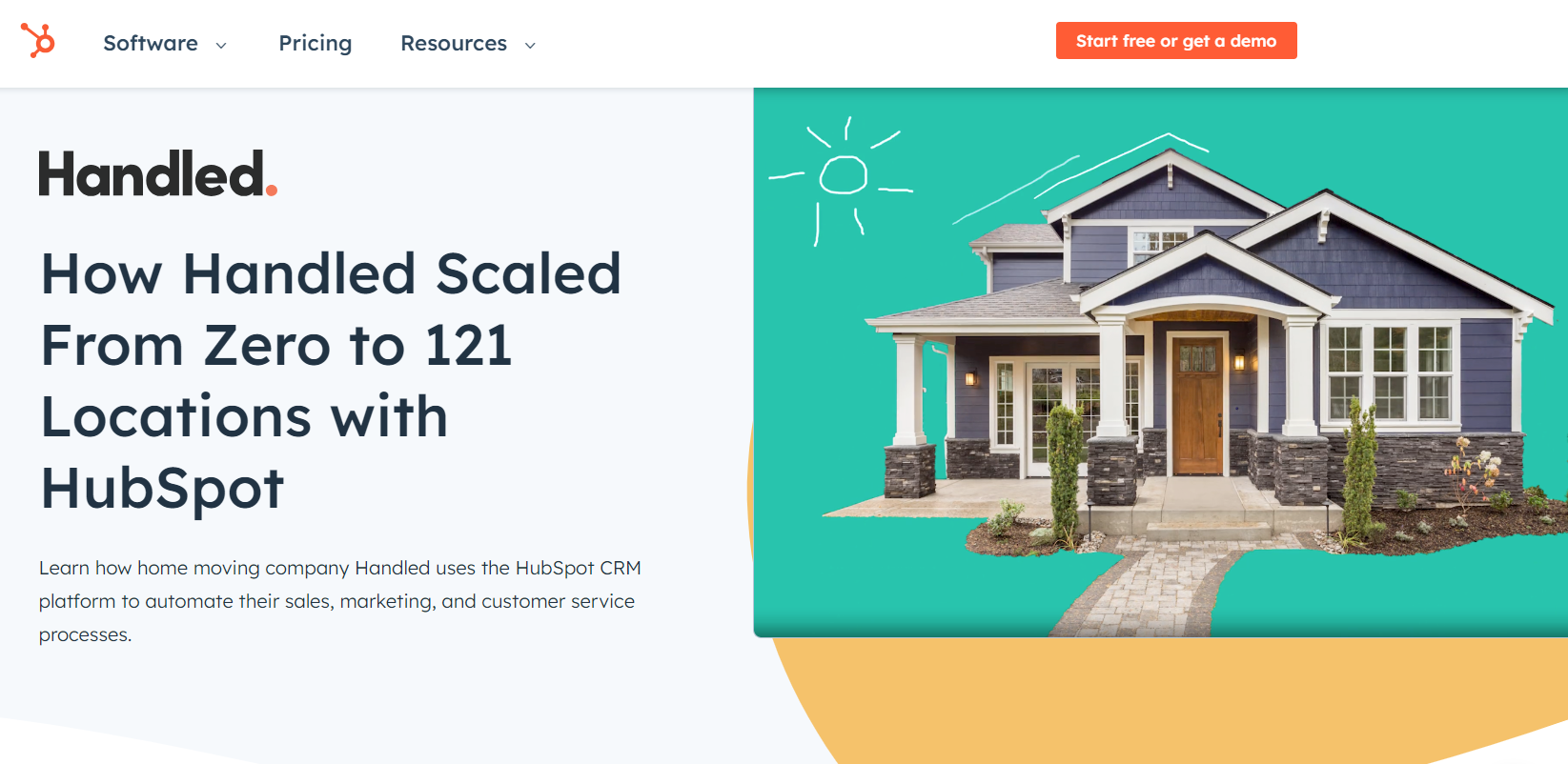
This resource could be an e-book, an infographic, an exhaustive blog post on a core topic, an online course, a comprehensive case study or anything else that suits your fancy.
Make sure it's a topic that's in-demand in your niche and provides unique advice or a new perspective.
Once you've created that resource, half of the work is done.
Here's how we go about phase two.
First, find a relevant site within your niche.
Next, find a specific post or page that mentions the topic of your fantastic resource. Could this post or page benefit from including your infographic?
Would a link to that exhaustive blog post you created fit in this post? Would the audience of this blog benefit from your online course?
Be as specific as possible when doing research. This will allow you to be specific in your email, which will help you get better results.
In reality, this is the foundation stone for almost all of the methods we will discuss today.
Let's see some more specific examples of how you can include this in an email:
Hello (blog or website owner's name),
I wanted to let you know that I really enjoyed your post on (topic). The way you described (something in the post) made so much sense, I've never heard it explained that way before.
I actually created an (infographic, e-book, course) that explains (topic) in an easy-to-understand way. (Mention one or two brief points from your resource.) Here's the link: (include link)
Let me know if you think this would be useful for your audience!
2. Build a Relationship
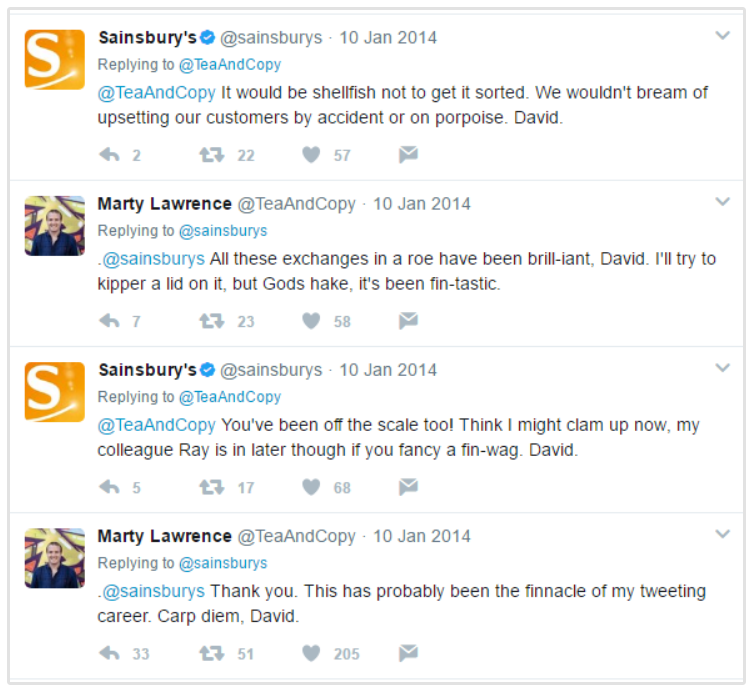
If a stranger asked you for $5, how would you feel?
But what if a friend or a colleague asked you for the same thing?
Keep those feelings in mind when you're sending out requests for backlinks. People are much less likely to respond positively to a stranger than to someone they know.
So, how do you make yourself known?
The best place to start is on social media. I've developed quite a few positive interactions on social media just by replying to posts or tagging others in my comments. You can also comment directly on their blog.
Don't look at this as an opportunity to ask for a favor. Think of it as an attempt to make a friend. Try to start a conversation. Add something useful or a unique perspective to your comments, more than just "good post" or "I agree."
Once you feel like you've built up a rapport with the person, it's time to send an email:
Hello (person's name),
You probably recognize my name from the conversations we've been having on (social media network). I liked the point you made about (topic you were discussing). That makes a lot of sense!
I checked out your blog and saw the post about (topic). The way you discussed (point from blog post) was really unique. I actually have a (post, e-book, infographic, etc.) that covers (related topic). Here's the link, in case you'd like to reference it in your blog post: (include link)
Either way, I'll be keeping updated on your blog posts, they're really informative!
3. Apply the Advice of an Influencer
Influencers are always giving out great advice and tips. If you follow an influencer, you've likely used some of this advice in your life already.
Let's imagine you run a travel blog and decide to follow an influencer's advice on how to pack for long trips in one suitcase using packing cubes.
Let's also say that, when you followed this advice, it went really well. It wouldn't be hard to collect the data from this experiment and write a blog post.
Once you've created this blog post, it's time to reach out to that influencer.
Hello (influencer),
Your advice saved my last trip! I followed the advice in your post "10 Reasons You Need Packing Cubes and How to Use Them," and it worked like a charm. I was able to travel through South America for 6 months with just a carry-on bag thanks to your advice!
In fact, things went so well that I decided to write a post about my experience using your advice on my blog (blog name). The post is called "How Using (Influencer's) Advice Allowed Me to Travel for 6 Months With Just 1 Carry-On Bag." Here's the link: (include link)
If you want to let your audience know how well your advice works, feel free to share my post on your blog!
4. Create a Better Version of What They're Linking To
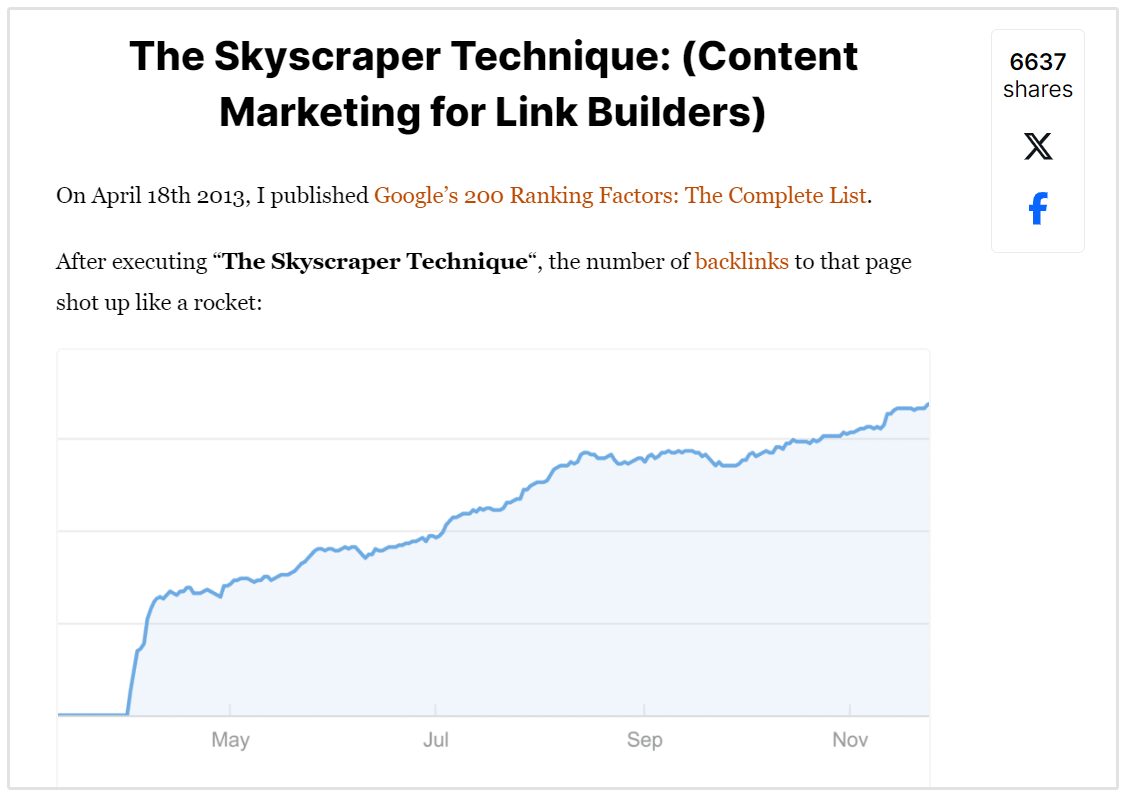
For your content to be valuable to a website, it has to be better than what they're already linking to.
Brian Dean at Backlinko has what he calls the "skyscraper technique," which involves checking out what's already available online to make sure that your post is better.
This backlinking method is very similar, except we're only looking at the content that's already being linked to.
You can actually go about this two different ways.
First, you could start by finding a website that you want to ask for a backlink. Then, you could check the content that they're already linking to.
Or, you could start by finding your competition and see who's backlinking to their posts and pages.
Whichever way you start, you'll need to end up knowing:
1. The website you want to ask for a backlink
2. The posts or resources from your competition that your target website is currently linking to.
3. The places on their website where these outbound links are found.
Once you know these things, it's time to dissect the resources that are currently being linked to.
Why?
Because you're about to make something even better.
You can improve upon those posts in ways such as the length, the current-ness of the information, the design or the thoroughness of the article. In a best-case scenario, you could improve every one of these points.
Once you've created your uber-excellent resource, it's time to send an email to the website you want backlinks from.
Hello (website owner),
I was doing some research on (topic) and found the post (post title) on your blog.
In the article, I see that you linked to (other person's resource). I like a lot of the methods that he mentioned and I've tried a few myself. Personally, I've found that this can work even better if you (unique point or perspective highlighted in your resource).
I actually wrote a guide on this called (title). It might be worth a mention on your blog. Here's the link, in case you're interested: (include link)
Either way, keep up the great work!
5. Anticipate Their Needs
When authority websites are getting their content ready to publish, they look for posts and resources to link to and reference within their articles.
This means that, when a post is published on a website, that website already has the resources it needs.
Thus, the moment to bring your post or resource to their attention is during the preparation process.
But how can you know what these websites are going to publish?
This is when you need to anticipate the needs of your target websites.
Take a good look at the website and try to understand its content and audience.
Look through previous posts, and see if you can anticipate what might be next, or which posts they might be updating in the near future.
When those potential topics line up with a resource that you've already created or are creating (such as a case study, blog post, infographic, etc.), it's show time.
Hello (person of interest),
I've been following your blog for some time now. I really enjoy reading your (type of post that you enjoy).
I was just wondering: Is your content team planning a resource/article on (topic of your resource)? I'm in the middle of creating a (case study, e-book) that deals with (topic).
(Here, you'll want to add some points about your resource, describing why it would be beneficial for this website to use. Use just one or two sentences, but be as specific as possible!)
Let me know if this (resource) sounds interesting to you!
6. Replace Outdated Resources
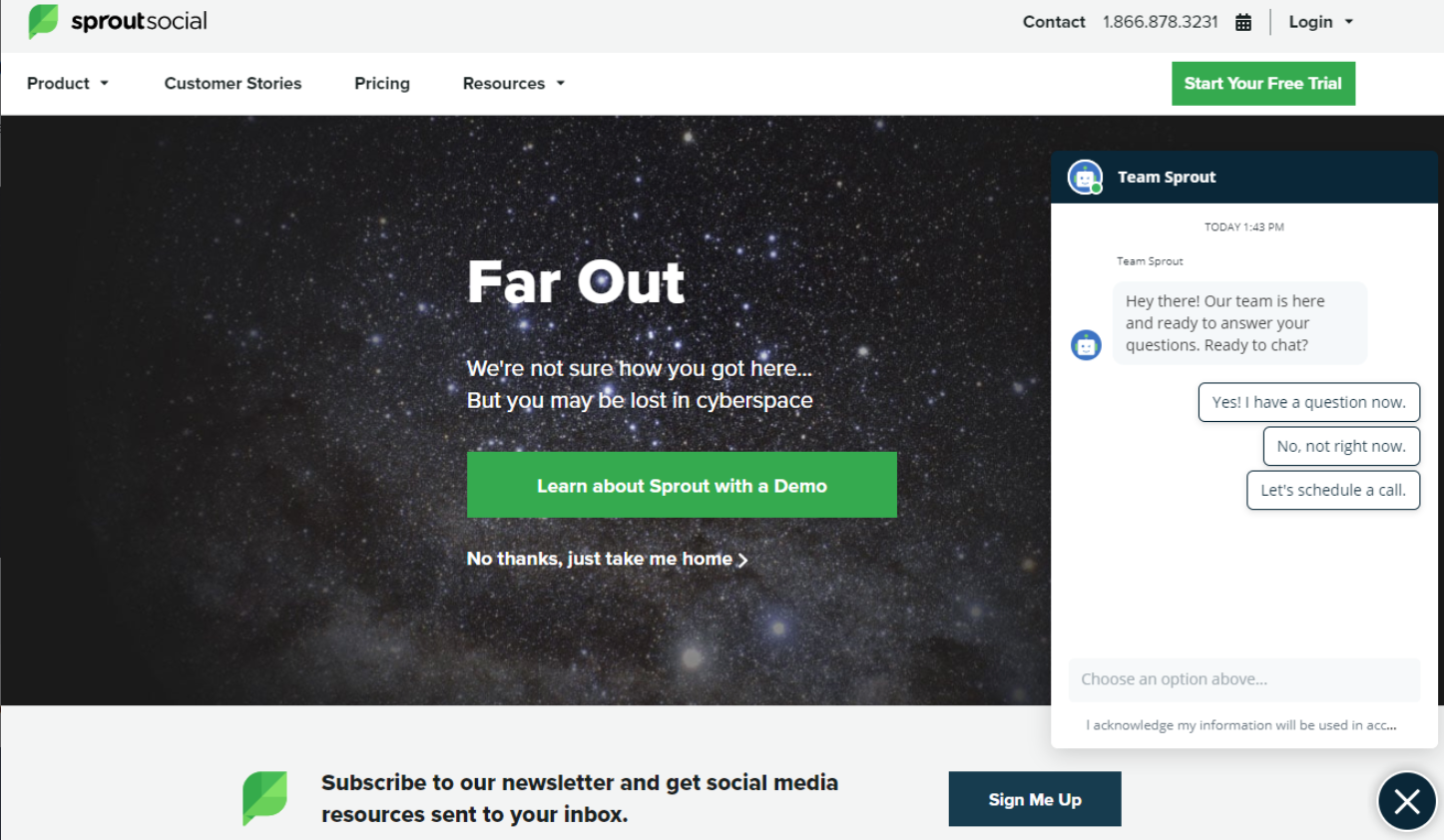
Often, pages or posts may link to resources that are no longer available or are now out of date.
Nobody wants to be linking to a useless resource, so it's your job to find those broken and outdated links and help these websites out!
To find broken links, you can use a tool such as LinkChecker in order to see where broken links are on any website.
Finding outdated resources might be a bit more difficult, but it can be done by clicking through the outbound links on the websites that you want backlinks from to see where they lead (and checking if the information is up-to-date).
Another option is to see where your competitors are getting backlinks from and check if any of their older, outdated posts have backlinks coming to them.
Once you've found these outdated and broken links, you're in a goldmine of backlinking opportunities.
All you need to do is create the resources to replace these broken and outdated links, and it's time to send an email!
Hello (backlink buddy),
I was looking for information on (topic) and I stumbled upon your excellent blog post, (title).
The points you made were really fantastic. However, I noticed that this post has an outbound link to (website). I was reading through this reference and found that a lot of the points it made were quite out of date. (Or: I tried to follow the link but it seems like that website is no longer online.)
Recently, I published this article which actually deals with the same subject, (title). Here's the link: (include link)
(Include a short sentence which summarizes the highlights of your article.)
It might be an interesting reference for your post.
Either way, thanks for the information on (topic of blog post you originally mentioned)!
7. Turn Mentions into Backlinks
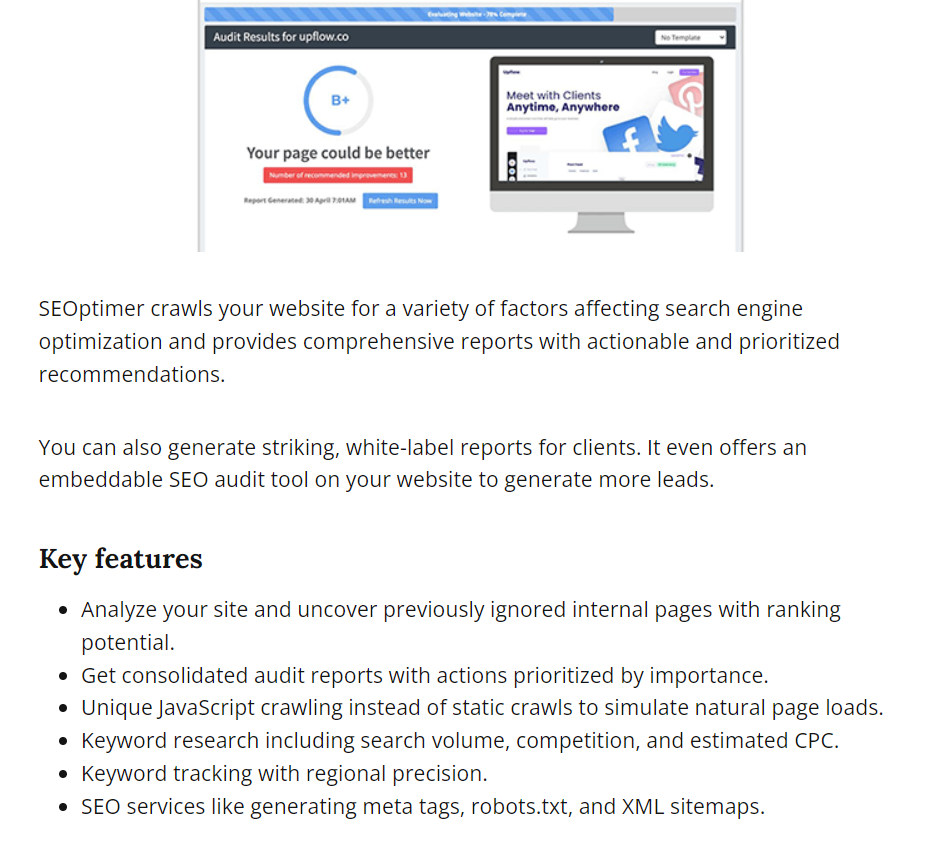
It has probably happened to you before that your brand name was mentioned but no link was placed. This is frustrating for you, as it provides no backlinking goodness for your website.
However, you already have an advantage in this case. The person who mentioned you (probably) already likes you, and would likely be open to adding a link to that mention of your brand.
But first, you need to find those un-linked mentions. How can you do this?
Mention is the name of a rather self-explanatory tool. This tool searches over one billion sources on the internet to find the keywords that you request (in this case, your brand name).
It's the ultimate way to keep track of what people are saying about you and where.
So once you find those mentions, it's time for a quick email:
Hello (person who already likes me),
I noticed that you mentioned my name in your post about (topic). It's such a compliment to find my name on the internet! I'm so glad that you liked (whatever they mentioned about you in the article).
Along with saying thanks, I was also wondering: Would it be possible for you to include a link to my website alongside my name? I would really appreciate it!
Thanks again for the mention!
8. Find Repeat Sharers

Sometimes, the best sources for backlinks are right in front of us. If you've already been working on your backlinking strategy, then you likely have quite a few backlinks already.
Going back to our example above, people are willing to do more for the people they know than they are for strangers.
If a website has already linked back to your website, then they already know you, and you can use this to your advantage.
For those who have backlinked to your website, you could say something like this:
Hello (generous backlinker),
I noticed that you referenced my post (title) in your recent post about (topic). I wanted to say thank you for the mention, I really appreciate your confidence in me!
Also, I wanted to let you know that I recently wrote a related post about (related topic). If you think it's something your audience would be interested in, feel free to reference it on your website!
Thanks again!
This also works with social media sharers. Try searching for your website within social media search engines of Twitter, Facebook, LinkedIn, etc.
This will show you who has been posting links to your website on social media.
Then, you might send something like this:
Hello (sharing friend),
Thank you so much for sharing my article on (topic). I put a lot of work into that post, and I'm really glad to know that someone enjoyed it!
Recently, I published a related post on (topic). It explains how (one or two interesting points from your post). Here's the link, I think you'll enjoy it!
(include link)
Feel free to share if you think your followers would enjoy reading it as well.
Thanks again for your support!
In the end, asking for backlinks doesn't always have to sound like begging.
As we've seen above, there are plenty of ways to offer real value to the person you're contacting, making the process feel more like an exchange than a favor.
With all of your emails, it's important to remember that you want to be professional but without sounding like a robot.
Make sure each of your emails is personalized to the recipient and that it includes specific details of how your resources can benefit their website.
If you follow these methods, you'll never again have to jump up and down, yelling "Pick me!"










